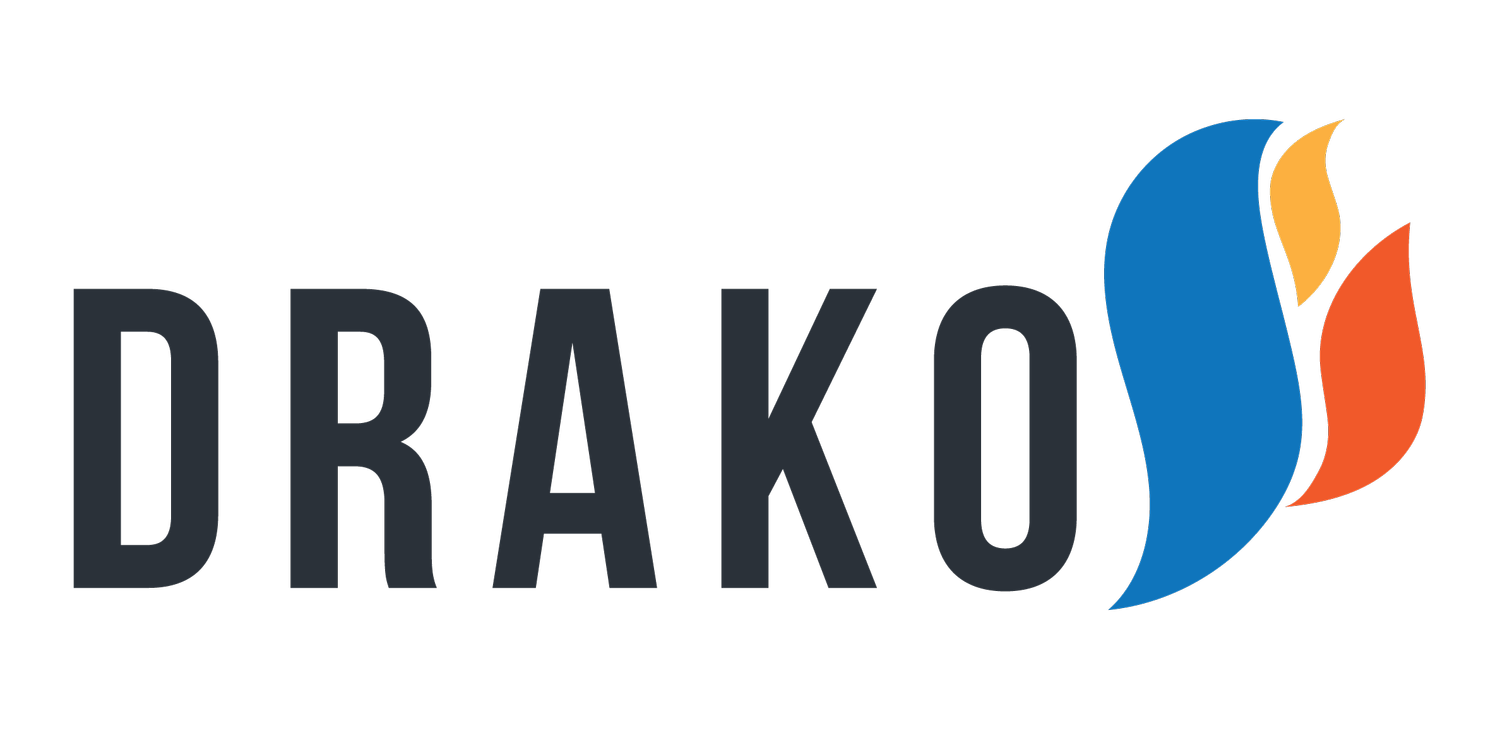DSP vs GDN... What's the Difference?
Both Demand-Side Platforms (DSPs) and the Google Display Network (GDN) allow advertisers to serve banner ads on websites and target campaigns based on audience demographics, interests, search history, etc. So what's the difference between them?
DSPs like The Trade Desk and Simpli.fi have far greater access to inventory and ad exchanges (including the Google AdExchange), along with more sophisticated optimizations and more robust reporting. Some DSPs offer integrations that allow advertisers to leverage unique tactics, like CRM retargeting, geofencing technology, or even real-time weather data. On the creative side, while GDN can run basic banner and video ads, most DSPs also accept audio, native display, and custom creatives. They also offer more video options through pre-roll, native video, and CTV inventory; GDN is limited to YouTube and Display Network partners.
Overall GDN is a good choice for small businesses that are already running search campaigns — the two networks are well-integrated and set up for novice media buyers. However, more sophisticated digital advertisers or agencies should generally be working with DSPs in order to maximize their campaigns' scale, efficiency, and performance.
Newswire - March 2022
When it comes to selecting an audience for digital campaigns, marketers care more about data quality (60%) over other factors like cost (56%) or even past success using a particular segment (49%). A push for increased transparency and accountability has been taking place for years across the programmatic industry, so it's no surprise that advertisers have also begun to value data quality and customization over a segment's price or ease of implementation. (Digiday)
Regulators have brought forth new allegations against Google's advertising practices, citing bidding irregularities and a lack of transparency that may have stifled competition in ad auctions. This investigation has renewed interest in a longer-standing conflict of interest: Google has maintained control of both supply and demand in their ecosystem, with ad platforms and services designed to represent publishers and advertisers alike. (Adweek)
While first-, third-, and even second-party data are relatively well-known, what is zero-party data — and is it real? Zero-party data or "customer-first data," is defined as information a consumer volunteers to a brand in order to improve their experience (e.g., a user entering their content preferences in a streaming account), and has been growing in popularity as advertisers continue to seek alternative targeting options in preparation for the death of third-party cookies. (Morning Brew)
Don't Diss Display
Op-ed writers forecasting the top programmatic trends for 2022 have focused largely on the rise of new channels like CTV, video games, DOOH, etc. However, while cutting-edge strategies may be getting tons of media coverage, reports show that online display campaigns are still a favorite.
The share of budget allocated across all digital media is projected to grow from 72% in 2021 to 78% in 2022, with the most growth actually coming from digital display. In fact, over half of marketers are looking to increase their display spending in 2022.
Nearly 60% of media planners list display in their top three programmatic channels (with that share rising as high as 65% among marketers in the United States). Globally, one in four go so far as to say that it is the single most important channel for their existing buying strategy. Although the latest in programmatic ad tech is undoubtedly exciting, advertisers crafting a media plan should keep in mind: It's hard to go wrong with display.
Newswire - February 2022
When it comes to brand recall, CTV far surpasses every other digital medium: Fully 46% of consumers saying that TV and streaming ads are the most memorable, compared to only 33% for social media (the next most recalled ad type). Not even "second screening" seems to hurt CTV user engagement — in fact, 31% of TV watchers have used a mobile device to research or purchase the products they see advertised. (TV Tech)
New data on iOS and Android users highlights how targeting a particular mobile device OS (operating system) is not a good substitute for a thoughtful audience strategy. Advertisers looking to maximize performance should adjust their tactics to target users by demographics, device age, or even household income directly, rather than using device OS as a stand-in for these characteristics. (Digiday)
Many ad-tech players have started exploring "closed-loop attribution" methods, conversion measurement techniques that take into account every phase of the customer journey (not just "high-performing" last-click strategies). This trend is being driven by the rise of CTV, Programmatic Audio, and DOOH (Digital Out-of-Home); these emerging channels will require a new approach to attribution in order to fully understand their effect on consumers. (Forbes)
Getting Started with Dynamic Ads
Data-driven creative options are becoming an increasingly popular tool, helping marketers improve the personalization and relevance of their programmatic campaigns. Dynamic ads (also known as dynamic creatives or dynamic banners) are one of the most common ways to tailor an ad’s creative content more closely to the interests and preferences of a campaign’s target audience.
Dynamic ads change their content automatically, adapting text, images, and promotions specifically for each user. This style of creative is highly customizable. The content can vary based on a wide variety of criteria, such as a retailer’s real-time product inventory, a user’s past online behavior, the date an impression is delivered, etc.
While programmatic advertising already allows for exceptional precision and control with regards to targeting and delivery, dynamic ads take it to the next level, ensuring that each member of an audience is exposed to the most timely, relevant, and effective creative.
Newswire - December 2021
Invalid traffic (IVT), a key measure of digital ad fraud, fell to 0.83% this year — a record low that marks a nearly 50% drop since 2018. Reaching a fraud rate of below 1% has been an industry goal for years, and is the latest sign that publishers, agencies, platforms, and other players in the programmatic ecosystem are committed to improving transparency and accountability in the industry. (MarTech Series)
Large food and beverage companies are hopping on the first-party data bandwagon, employing various digital gimmicks in the hopes of convincing consumers to create accounts and give up personal information. This shift to more precise targeting is a substantial pivot for big brands that have historically relied on huge budgets and mass communication over personalization. (AdExchanger)
Travel brands’ digital share of ad spend is projected to grow to 70% in 2023, up from 63% in 2020 and compared to only 58% for retail as a whole. Despite slowly rebounding from the pandemic, travel has become increasingly complicated — many executives hope that transitioning the entire customer journey to digital will drive performance while alleviating friction for customers. (The Drum)
Partnering with The trade desk for uid 2.0
This integration with UID 2.0 further future-proofs DRAKO's addressability solutions offered through Euklid, DRAKO's audience management platform.
Drako in the news
Tracking the Spread of COVID-19
Data from millions of cell phones show how spring break was a catalyst for the pandemic in Quebec.
Anatomy of a region in lockdown
While distances travelled shrank dramatically overall because of COVID-19, peoples’ movements varied hugely within the capital region.
Tracking Pandemic with Cellphones
Find out how we use aggregated data lists to monitor hotspots in cities like Montréal.




